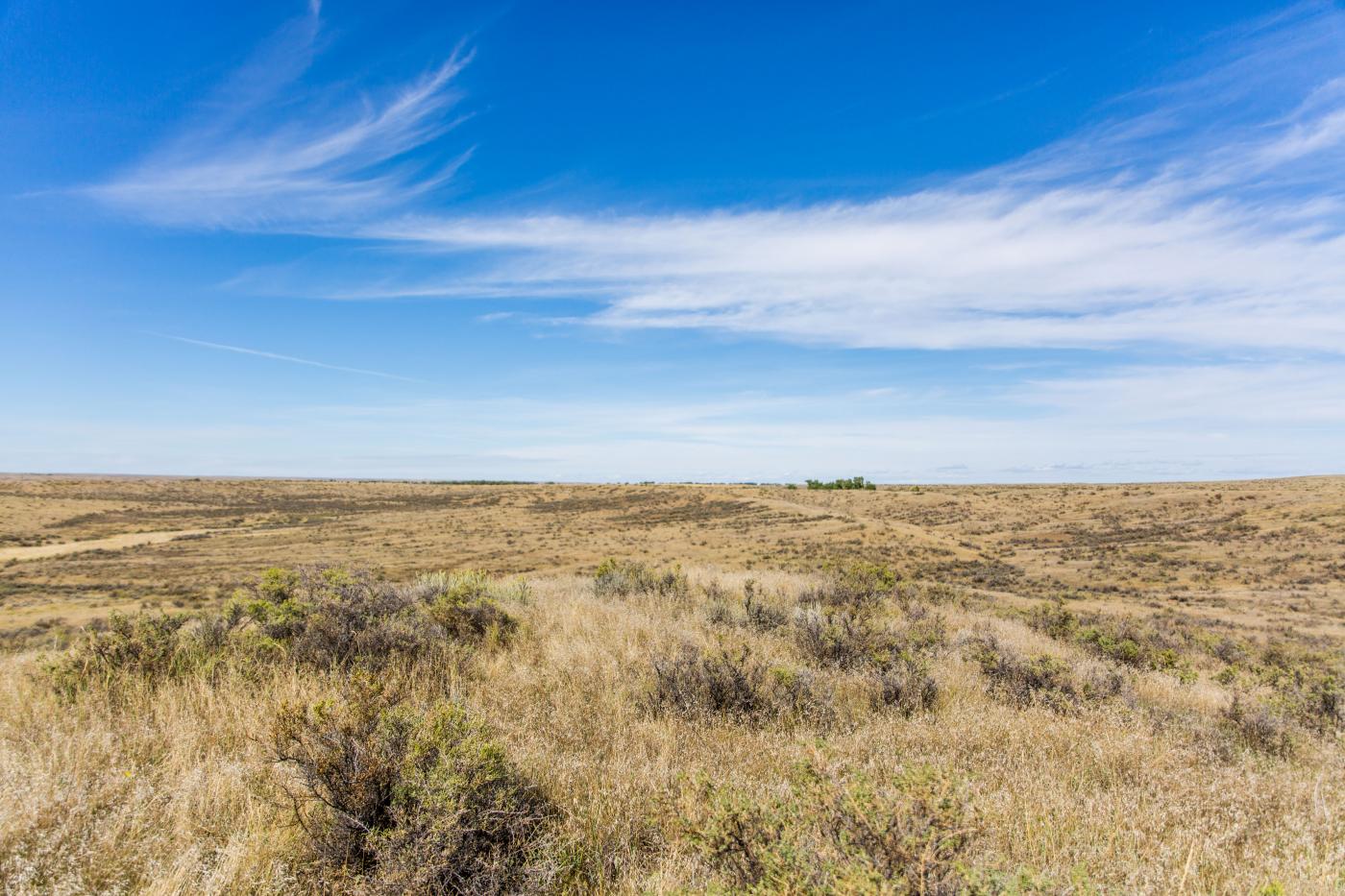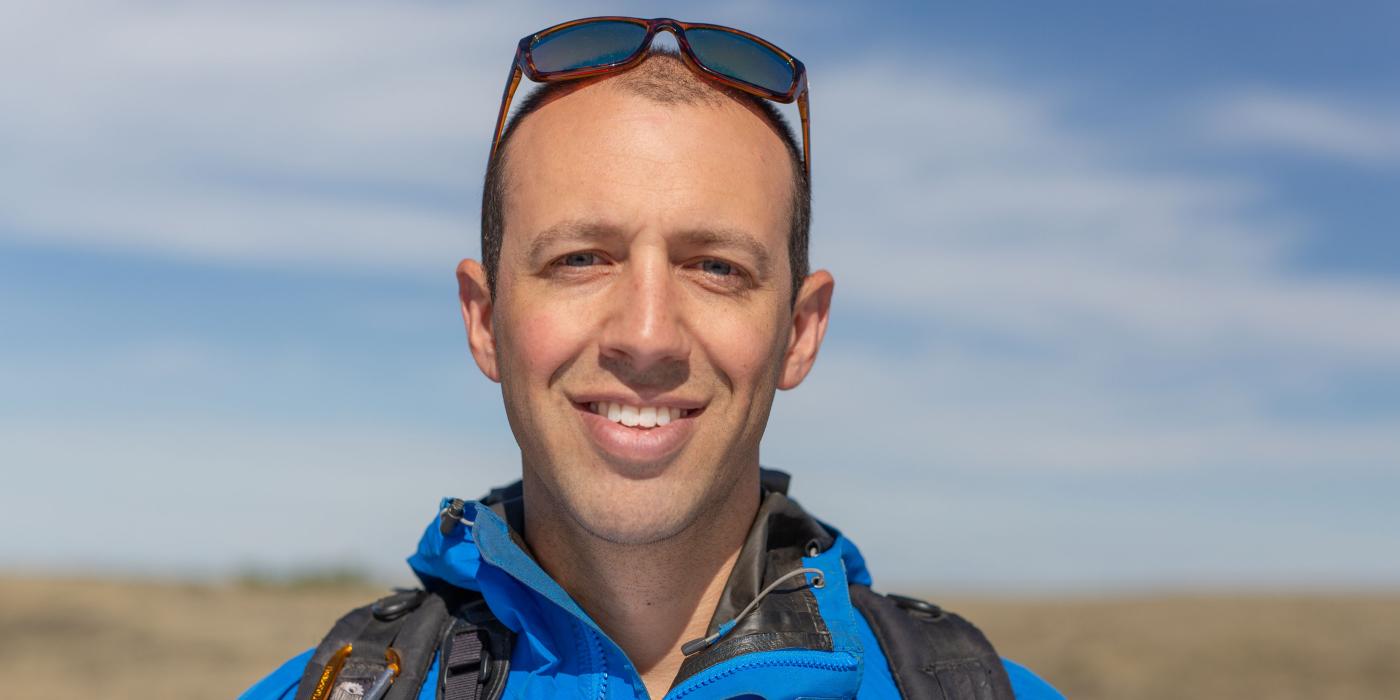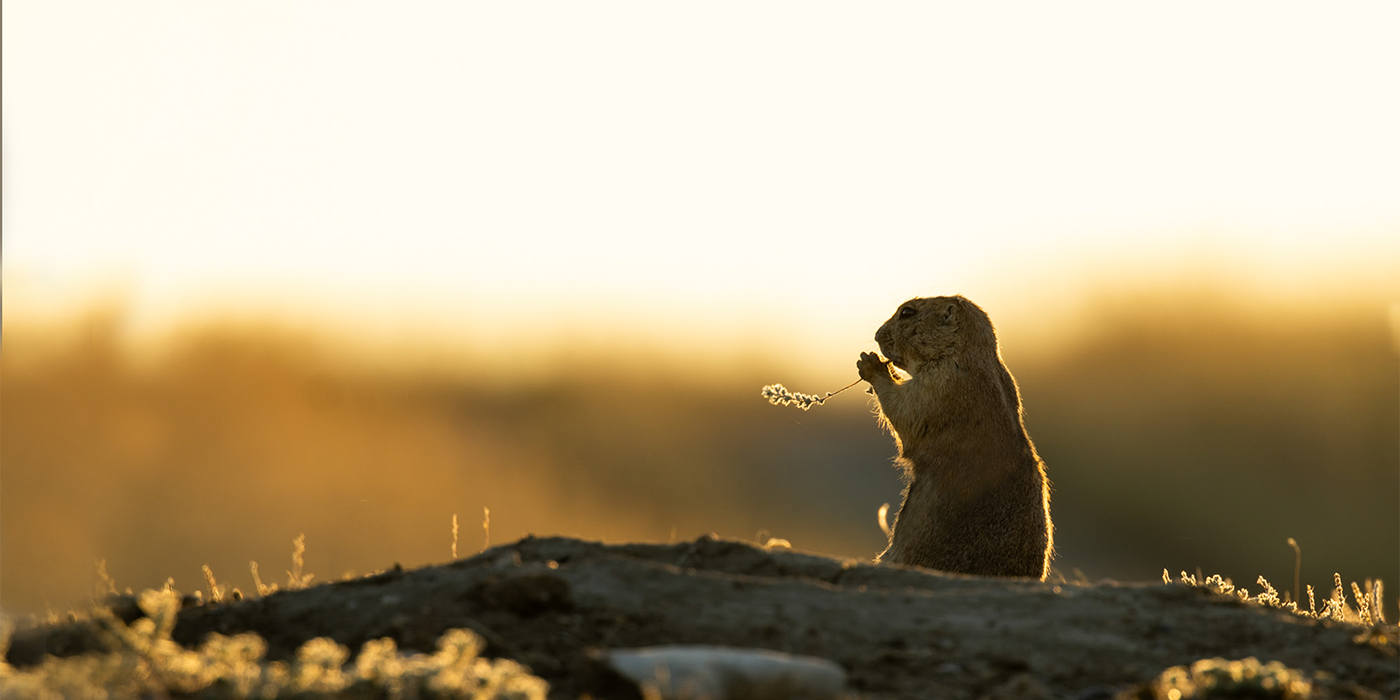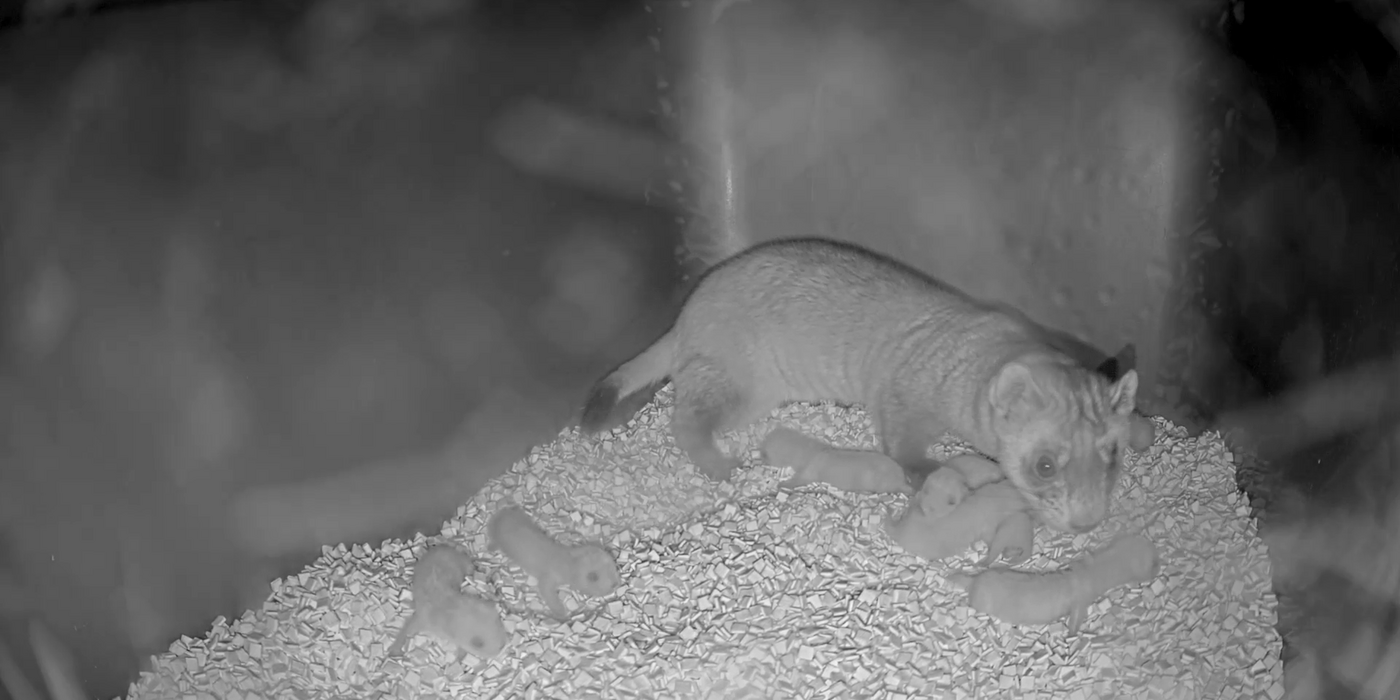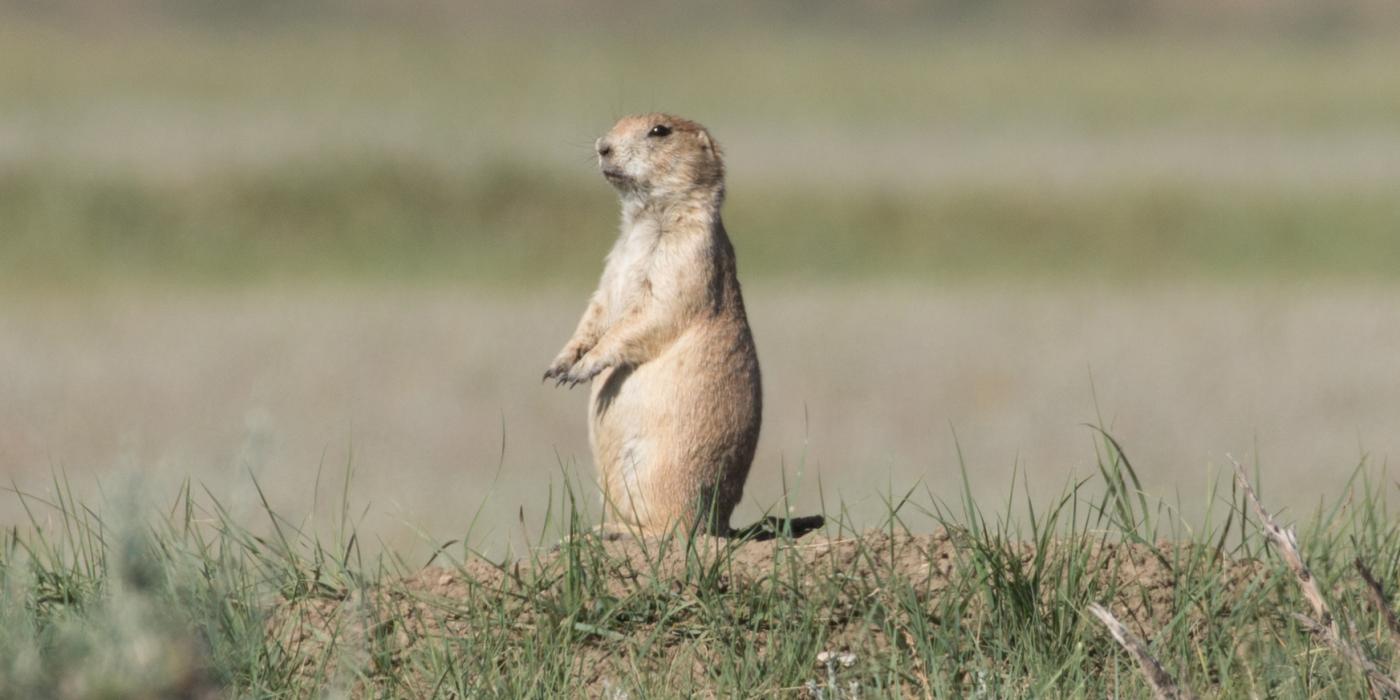Welcome to the American Prairie Reserve
My name is Andy Boyce, and I’m a conservation ecologist with the Smithsonian Conservation Biology Institute. I live on the American Prairie Reserve in Phillips County, Montana — 65 miles on gravel and mud roads from the town the Washington Post identified as the most remote in the U.S.
The hour-long trip from the nearest paved road isn’t my favorite thing in the world. It has already claimed two of my Subaru’s windshields in under eight months, but it’s indicative of what makes this place special. It’s rugged, it’s wild, it’s the size of Connecticut — and it’s one of the only places left on Earth where we have the chance to preserve a complete prairie ecosystem.
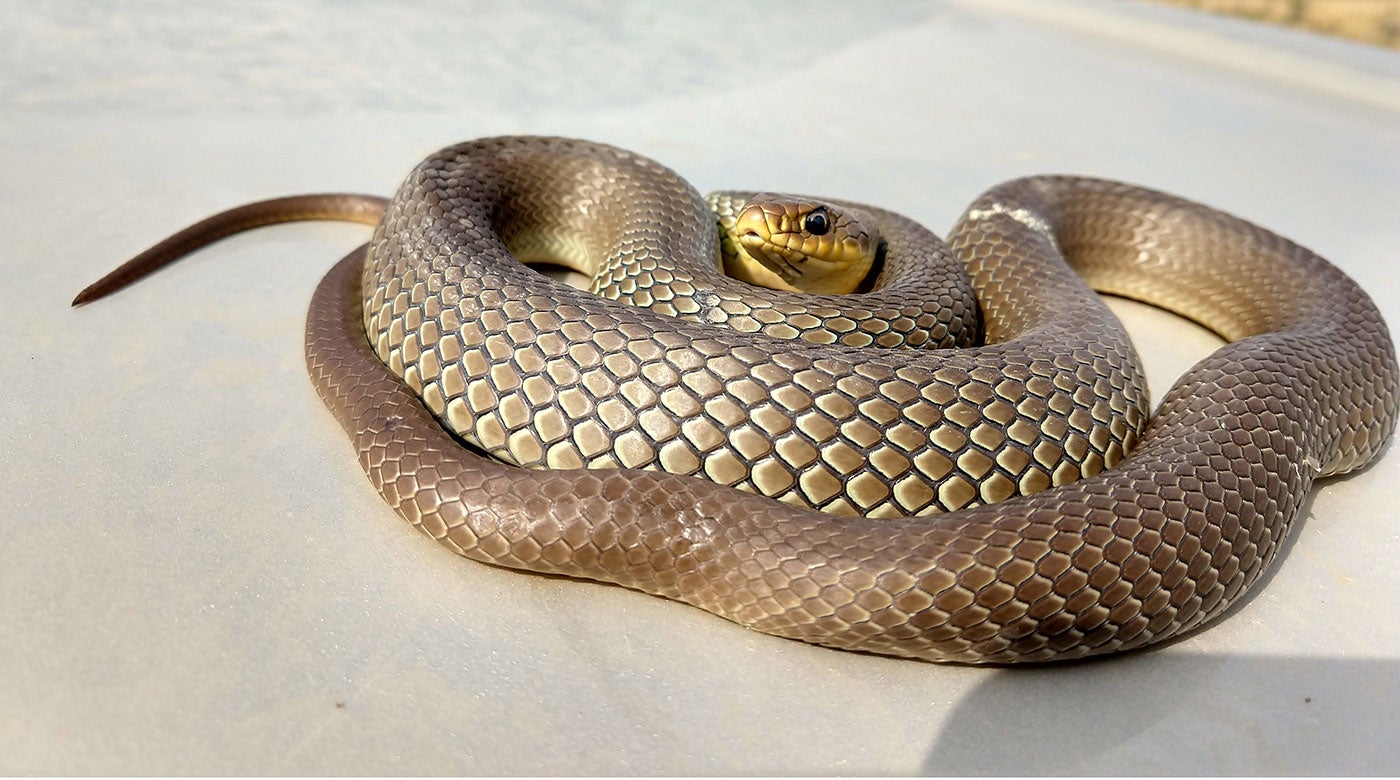
Almost two decades ago scientists from organizations like World Wildlife Fund, The Nature Conservancy and others realized that the conservation world had a problem. We had missed something. We’ve done a pretty good job preserving mountains and deserts around the world. We’ve done OK with forests, too. Grasslands are a different story.
Only four places remain in the world with the space and conditions for healthy populations of all grassland species, from plants to predators. Two are located in central Asia, one in Argentina and one right here on the Northern Great Plains of the U.S.
